As an Amazon Associate I earn from qualifying purchases.
Yes, you can eat acorns, and all acorns are edible — it’s just that most need special processing. Here’s how to go about it.

If you haven’t read my other acorn posts, Acorns and the Forager’s Dilemma is an introduction to the use of acorns; the Forager’s Dilemma is, in a word, starch. Starch (carbohydrates) is the toughest thing to gather, and is a primary reason why humans settled down 10,000 years ago to grow grain.
Next I wrote about how various world cultures have traditionally used acorns, cultures ranging from Korea to Japan to the Native Americans, Europeans and North Africans.
Let me say loud and clear that you can eat acorns and all acorns are edible, at least all species of acorns are. We’ll get into details in a bit.
Basically there are three ways to eat acorns: Eating them as nuts (they are a lot like chestnuts), making acorn flour, or cooking in acorn oil. I have not yet tried to make acorn oil, but that link leads you to my friend Sam Thayer’s website; he sells it.
Collecting Edible Acorns
First you need to get yourself a supply of acorns. Go find some oak trees; they’re the ones with all the acorns that have fallen down around them. I know this sounds condescending and stupid, but oaks come in so many varieties that in autumn this really is the easiest way. It is a bit of a crapshoot, as it is tougher to determine a variety of oak by its acorn than by its the leaf — you can do it, but it is a little harder.
You can gather acorns anytime from September until early spring. I find gathering as the acorns fall is best. Suellen Ocean, who wrote a very useful book Acorns and Eat ’em,says she likes to collect Tanoak acorns in February and March, after many have begun sprouting.
She says acorns with sprouts between 1 to 2 inches long are still good to eat, but discard any acorn meats that have turned green. Ocean says recently sprouted acorns a) have begun to turn their starch into sugar, and b) are foolproof: “If it is sprouted, it’s a good acorn and I haven’t wasted time gathering wormy ones.”
A word on worms. When I first gathered acorns, little did I know that I had gathered scores already infected with the larva of the oak weevil. Nasty little maggoty things, you can tell they are inside your acorn if there is a little hole in the shell. Look for it, discard that acorn and move on. But know that oak weevil larvae bored those holes from the inside out. Like Alien.
It’s helpful to know what kind of oak you are dealing with because acorns from different oaks have different levels of tannins in them; more on that in a bit. If you don’t know your trees, start looking for little green acorns in May. Pick a leaf and compare it to oak leaves online or in a guidebook. Gather acorns and compare them to online images and guidebooks; different oaks bear acorns with different shapes.
With that in mind, remember that not all oaks are created equal, and the fundamental fact to know if you are going to eat acorns is that you are dealing with a wild food, and as such must contend with tremendous variability, both in species and even among individuals of the same species.
Some oaks bear acorns so low in bitter tannins that they can be eaten raw. Legend says that California Indians fought over these trees, which makes some sense because one mature Valley Oak can drop 2,000 pounds of acorns in a really good year. A ton of sweet acorns may well be worth fighting over.
That said, even “sweet” acorns should be leached to remove what tannins exist in them because several studies show that unleached acorns can make you constipated and can harm your teeth. Of all the species I know of, only the imported European cork oak and the Emory oak of the Sonoran Desert come close to being “sweet.”
Tannins aren’t the only thing that makes different species of acorn different. UC Riverside Professor David Bainbridge wrote in a 1986 academic paper that depending on species, acorns can range in fat content from 1.1 percent to 31.3 percent, protein from 2.3 percent to 8.6 percent, and carbohydrates from 32.7 percent to 89.7 percent. That is a huge range!
What does it mean? It means that in the kitchen you treat acorns from different species very, very differently. A fatty acorn will make a meal, like ground almonds. A carb-rich acorn — like Valley Oak acorns — makes a drier flour, more like chestnut or chickpea flour (acorns lack gluten and so will not rise.)

Differences in Various Oaks
Here’s a general breakdown:
‘Sweetest’ Acorns, meaning lowest in tannin: East Coast white oak, the Emory oak of the Southwest, the pin oak of the South, the valley and blue oaks of California, the burr oak of the Midwest, as well as the cork oak and the well-named bellota oak of Europe. To my California readers, know that there are an awful lot of cork oaks and burr oaks planted in towns and cities here, so keep your eyes peeled.
Largest Acorns: Valley oaks are really big, as are East Coast White oaks. Burr oaks are large, too, as is the California Black oak.
Fattiest Acorns: The Eastern red oak acorns I’ve used have a very high oil content, and I’ve read that the Algonquin used red oak acorns for oil. In the West, the champions are both live oaks, the Coastal and the interior live oak, as well as the tanoak and black oak, which is Quercus kellogii.
Shelling Acorns
I found that shelling the acorns is the most onerous part of dealing with them. They have an elastic shell that resists normal nut crackers. I found whacking them with a hammer to be the best way to open up an acorn. Some people use a knife, and I do this with green acorns, but not fully ripe ones.
Best way to whack ’em is to put the flat end (the side that used to have the cap) on a firm surface and rap the pointy end with a hammer, or, with long, tapered acorns like cork oak or Valley oaks, just whack the side.
Acorns are far easier to shell after they’ve dried. If you choose to dry them, do this in wide, shallow pans so they don’t get moldy. Once dried, I’ve worked with two-year-old acorns and they were fine. They will need an overnight soak before grinding, however.
Red oak acorns have a “test,” a skin that doesn’t want to come off, just like a chestnut. Easiest way to deal with this is to freeze your fresh acorns for a week or two before cracking. This will slip the skin off the nut. The skin is bitter, but it’s not that big a deal if you are making flour.
Shell your acorns into water. The meats oxidize, and you will get a lighter-colored flour if you do this. It’s aesthetic, but it matters to me.
Tannins
All acorns should be leached with water to remove bitter tannins, which will a) make your mouth feel and taste like felt, b) make you a bit nauseous, and possibly c) constipate you for days.
Getting those tannins out is the big barrier to cooking with acorns. But it ain’t no biggie. With my valley oak acorns, after shelling I drop the acorn meats directly into my stockpot that was two-thirds full of water. When I fill the pot about a third of the way up with shelled acorns, if I am in a hurry, I bring the pot of water to a boil. The water turns dark. As soon as it boils, pour the water off into the sink and repeat the process.
It requires about five changes of water to get valley oak acorns to taste like chestnuts. I did this all while watching football, and did not miss a snap. Other oaks will require more or fewer changes of water. Choose the “sweetest” acorns on my list above for the least amount of work.
There is a better method, but it takes days. Grind the raw acorns into flour, then mix a ratio of 1 cup of acorn meal to 3 cups water, or more water if you have large containers. Pour this all into a glass jar with a lid and put it in the fridge. Every day you shake the jar, wait 12 hours or more, then pour off the water — and the tannins.
How long? Anywhere from a week to two weeks, depending on how bitter your acorns are. This is a good way to leach acorns without using fuel for boiling water, and you do not denature a particular starch in the acorns that acts a little like the gluten in flour, i.e., it helps the flour stick to itself. I go into the full process of cold leaching acorns here.
If you plan on baking with the acorn flour, use the cold-water leaching method.

Once your acorns are free of tannins, you need to figure out what to do with them. Regardless, you need to dry them first or they will rot. Acorn grits can be patted dry on a tea towel. If it is hot out, lay the acorns out on cookie sheets and dry in the shade. You could also put them in an oven set on “warm.” You can also put the acorns in a dehydrator set on low heat, which is what I do.
You can also freeze your fresh acorn meal. Store dried flour in jars in the fridge. Why the fridge? What fat there is in acorns will go rancid pretty quick if you left the flour at room temperature.
What you can now do to eat acorns is pretty limitless.
My first success was an acorn flour flatbread in the style of an Italian piadina. I also make an acorn flour honey cake, which is really very tasty — almost like gingerbread cake. The flour also makes an excellent pasta dough when mixed with regular flour.
Other Ways To Eat Acorns
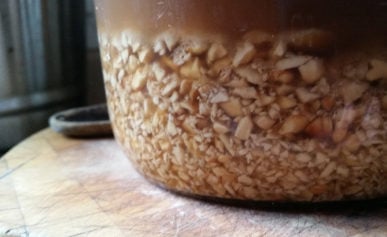
Acorn Grits
Acorn grits, which are useful additions to acorn soup, acorn muffins or to eat as a breakfast cereal.
Read More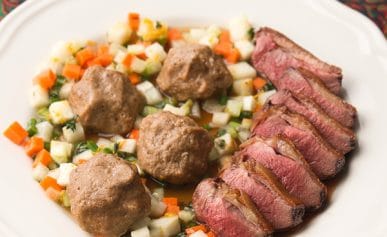
Wood Duck and Acorn Dumplings
Acorn dumplings, served with wood duck — wood ducks eat acorns, so it seemed fitting.
Read More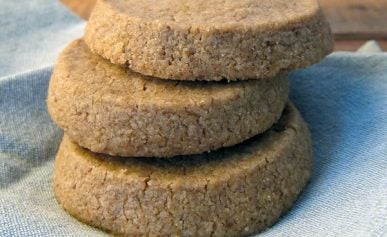
Acorn Maple Shortbread Cookies
Acorn cookies, more or less like shortbread. A bit tricky to make, but even if they fall, they are still delicious.
Read More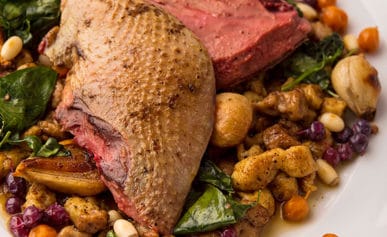
Acorn Spätzle
Acorn spätzle, little German dumplings that work very well with gluten free acorn flour.
Read MoreI will also substitute about 1/5 of the flour in my homemade flour tortillas with acorn flour, and I also make mean acorn gnocchi.
Use your imagination!



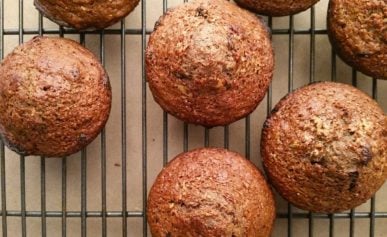


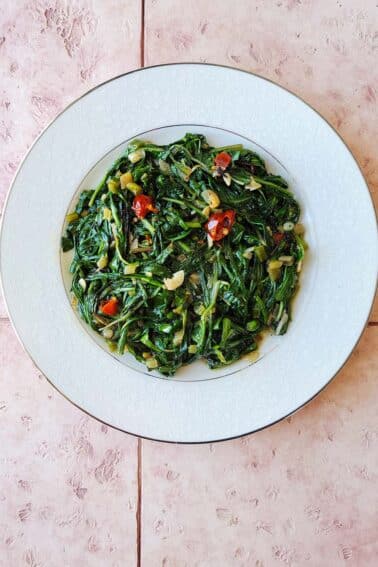
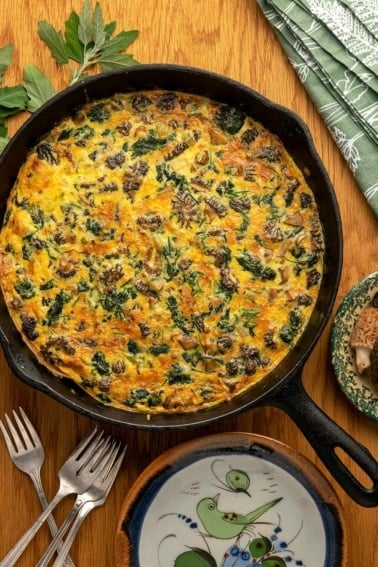
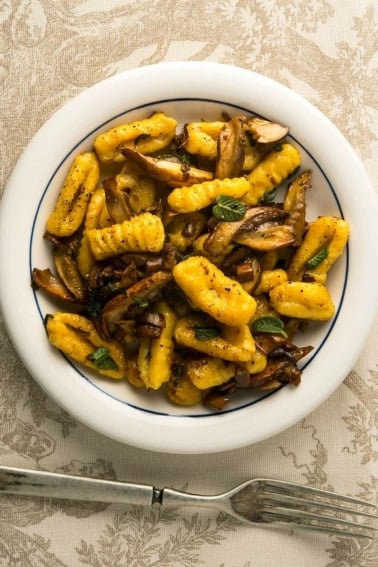
What about putting a large quantity of acorns in a flour bag and putting said bag in a river (sure the wild boars or the neighbor may get to the ready bag b4 you do ). In that case, are the acorns put in with their shell, the way they were picked up off the floor?
Maurice: That will work, but the acorns need to be shelled first.
Have you heard of iron oak? Are the acorns edible? I have Celiac disease and flour made from acorns would be beneficial. Can you help?
A few words, for what it’s worth.
Putting acorn meal in hot water sets the tannins and makes the tannins more difficult to remove. Indigenous people always used cold water. For the cold water method, do not refrigerate. Instead, leave in a bowl on the counter and change water every few hours. Time and number of rinses will vary with variety and how finely ground the flour is. Four rinses are usually adequate. Blue Oaks , for example, take one rinse.
Also, Live Oak acorns are bitter but they have a high fat content. Favored by some tribes.
Frank: Google “how to make acorn flour,” and you’ll see my preferred method, which is indeed cold water.
Hi Hank, thanks for sharing this! Do you know how many acorns you’d need to make a pound of flour?
Jane: No possible way to determine that. Every acorn is different sized. There is a fair bit of loss in weight. I haven’t measured it, but I’d reckon 40% loss in weight from shell-on acorn to flour.
Hi Hank,
I only have access to Coast Live Oaks. Do you have any recommendations for how many changes of water for this particular acorn? I’ve been looking for acorn meal guides for the Coast Live Oak and haven’t been able to find any specifics for this species. Any help you can provide would be appreciated.
Thank you 🙂
Sara: All I know is that they are very bitter. Not the best acorn to work with, but they will eventually lose that bitterness.
Do you have experience with acorns gathered in Spring ? In coastal Maine, there are often multiple cycles of snowpack and melting, so the acorns might get leached under the snow. I’m thinking that that’s why the squirrels bury them in the ground.
Ken: Only a little. Here in California, I can sometimes gather a bunch of them very early in spring, before they fully germinate.
So just to clarify, should they be harvested from the trees only? Or can you also pick them up off the ground, as long as they don’t have holes in them?
Katie: I usually gather them off the ground, not on the trees.
I have begun harvesting sweet Eastern White Oak acorns and then grind them. I use the ground ones as a deer attractant. In the forest. Hunters pay attractive prices for my ground acorns.
The shells can be used to sandblast boats and other things. In Louisiana, they got so many pecans, they use the fround up shells to powerblast boats and such. I’m starting to think the acorn has no unusable by-products. It’s so plentiful too. What have we been doing all thus time? Food, oil, industial use? Jeez guys!
Looking for advice on acorn harvest. We have a super bumper crop in Central Florida. Live Oaks. Small acorns without caps. Easy to get lots. Hard to shell. I did an experiment where I just washed a pile of them and put them whole in the blender with water. The shells grind up real good. Does anyone know about the eatabilty of the shells?
Floyd: The shells are inedible, but they are not toxic.
James Ward, your post was injurious to read. That is all.
after I gather my acorns I use a pair of pliers to crack the Shell with after I got all of them cracked I put the acorns in the blender then I put enough water in the blender to cover the acorns about three quarters of an inch above the top of the acorns didn’t blend it up for you real good after I do that that is when I put that all of this into a big ol I got a big old oval shaped bowl I put it in and put the paper flowers at the ground up into this bowl and then I let it sit for a while and after it sits for a while you can call that day corn itself will settle to the bottom then you can pull the water also being careful not to put a fan blower out at do this several times and then starts and then I’ll check after I’ve done it about 5 or 6 times I check it and by tasting it and after the bitterness is gone then I drain all the get all the water out of it I can get out of it then I put it in the sun and let its sundry which may take several days for it to do after this I put it in quart jars not having any problem with it going bad doing it that way but you must make sure that it is well dried in the sun before you put it in jars
Do you know if acorns contain gluten?
Lynn: No gluten.
Very interesting I will have to try it
I live in al, deer eat theses ,but mine are very bitter,they are not posing are they
Rose: Yes, they are bitter. Which is why you need to leach out the bitter tannins with this process.
Can these be nixtamalized to bring that acidity down in one step?
Dave: No idea. Only one way to find out…
Hello, I am pretty sure I have pin oak trees. After leaching with hot/warm water until not bitter, can I simply salt and roast them? At what temp would I do this and for how long?
Thanks
Robert: No idea. I’ve never had good luck with that.
Just found the answer from the older comments. Hopefully it`s only a small part of my dried acorns then 🙂
Trying this for the first time this year, and there is one thing not so clear to me. How are the shelled acorns supposed to look like? I mean the colour. Are only the yellow or beige ones ok to eat? The first ones I used fresh were all yellow and the flat bread made of those was delicious. The second time I decided to dry the acorns to be shelled and used later: when finally dry, quite many of them were already open and some of the nuts were dark brown or even black. Does that mean they were already too old to be used? I live in Scandinavia, so the nights are getting quite cold and obviously it affects the acorns – although you won`t necessarily see it before shelling.
THose nasty little worms? They’re actually excellent eatin’ just put them in a pan and cook. They taste like Cheddar Cheese Popcorn.